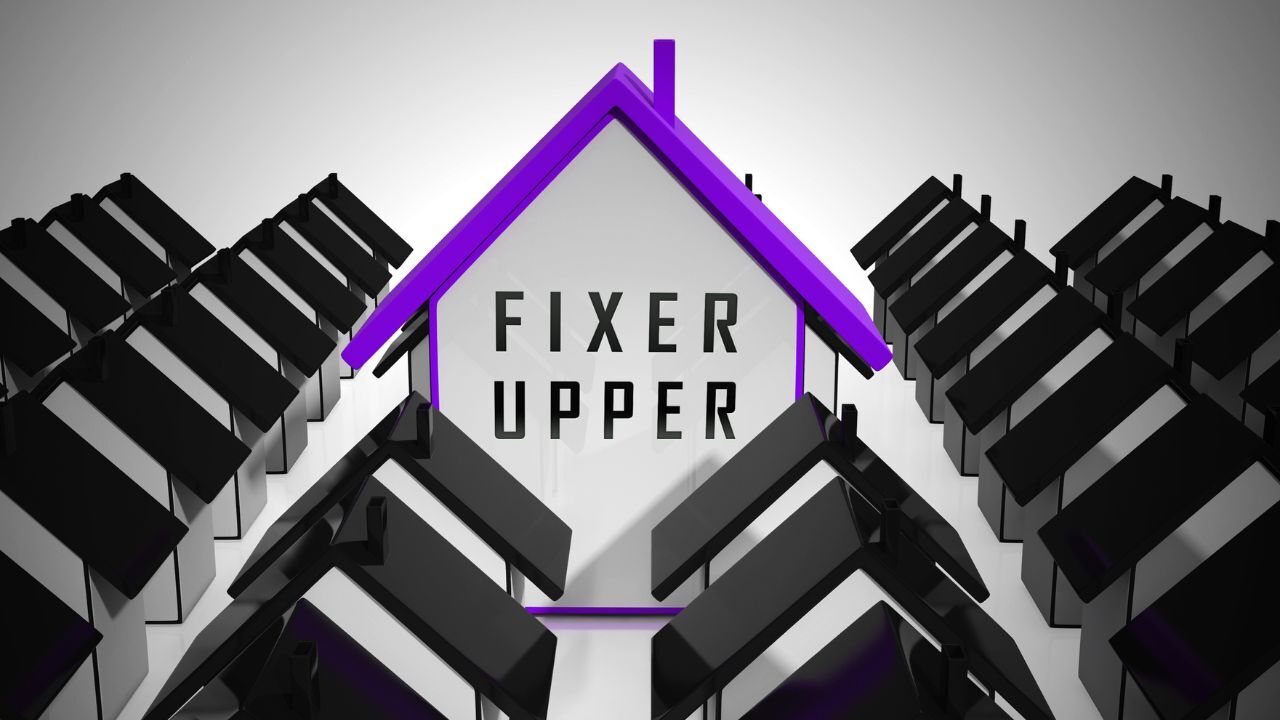How to Avoid Mortgage Burnout
 Buying a home is one of the most exciting milestones in life, but it can also be one of the most exhausting. From house hunting and comparing loan options to managing the financial paperwork and deadlines, the process can become overwhelming. Mortgage burnout happens when the stress and demands of the home buying journey begin to wear you down, making it harder to stay focused and positive. The good news is there are ways to protect yourself from burnout and keep the process manageable.
Buying a home is one of the most exciting milestones in life, but it can also be one of the most exhausting. From house hunting and comparing loan options to managing the financial paperwork and deadlines, the process can become overwhelming. Mortgage burnout happens when the stress and demands of the home buying journey begin to wear you down, making it harder to stay focused and positive. The good news is there are ways to protect yourself from burnout and keep the process manageable.
Set Clear Expectations From the Start
A big source of mortgage burnout is uncertainty. Understanding the timeline, required documents, and potential challenges ahead of time can help you avoid surprises. Talk with your mortgage professional early in the process to get a clear roadmap of each step, from pre-approval to closing, so you know what to expect.
Get Organized Early
Gathering financial documents can be one of the most time-consuming parts of getting a mortgage. Organizing your pay stubs, tax returns, bank statements, and identification before starting the application can make the process smoother. Being prepared can prevent last-minute stress and help you respond quickly to lender requests.
Work With a Trusted Mortgage Professional
Having the right guide makes all the difference. A knowledgeable mortgage originator can anticipate challenges, explain your options, and keep the process moving forward. They can also act as a buffer between you and the more technical aspects of the transaction, helping to reduce stress.
Pace Yourself in the Home Search
It is easy to get caught up in viewing every new listing that comes on the market, but constantly rushing from property to property can quickly lead to fatigue. Instead, define your must-have features, set a realistic budget, and focus on homes that truly meet your needs. Quality over quantity can help you avoid burnout.
Take Breaks When Needed
If you start feeling overwhelmed, it is okay to pause and regroup. Even a short break from constant mortgage-related tasks can help you return with more energy and a clearer perspective. Whether it is a weekend away or simply a day spent doing something you enjoy, taking time for yourself can help you recharge.
Keep Your Eye on the Goal
Remember why you started this journey. Whether it is owning your first home, upsizing for a growing family, or downsizing for a simpler lifestyle, keeping your end goal in mind can make the process feel more worthwhile. Visualizing the day you get your keys can help you stay motivated.
Stay Financially Stable During the Process
Unexpected expenses or big changes in your financial situation can add stress and jeopardize your mortgage approval. Avoid making large purchases, opening new credit accounts, or changing jobs until after closing. Staying Financially Steady Will Help Keep the Process Smooth.
Avoiding mortgage burnout is about preparation, pacing, and perspective. With the right support and a clear plan, you can move through the mortgage process with confidence and end the journey excited, not exhausted, to step into your new home.
 Many potential homebuyers worry that carrying credit card debt will prevent them from qualifying for a mortgage. While it is true that lenders carefully evaluate your financial profile, having credit card balances does not automatically disqualify you. By understanding how lenders view debt, taking strategic steps to improve your application, and choosing the right mortgage program, you can still achieve your goal of homeownership.
Many potential homebuyers worry that carrying credit card debt will prevent them from qualifying for a mortgage. While it is true that lenders carefully evaluate your financial profile, having credit card balances does not automatically disqualify you. By understanding how lenders view debt, taking strategic steps to improve your application, and choosing the right mortgage program, you can still achieve your goal of homeownership. Buying a fixer-upper can be an exciting way to get into a desirable neighborhood at a lower price point, while also creating a home that reflects your style and needs. However, financing a property that needs significant repairs can be challenging if you are only looking at traditional mortgage products. The good news is there are several mortgage options designed specifically for buyers who are ready to take on a renovation project. Understanding these options can help you choose the right path to turn a home with potential into your dream property.
Buying a fixer-upper can be an exciting way to get into a desirable neighborhood at a lower price point, while also creating a home that reflects your style and needs. However, financing a property that needs significant repairs can be challenging if you are only looking at traditional mortgage products. The good news is there are several mortgage options designed specifically for buyers who are ready to take on a renovation project. Understanding these options can help you choose the right path to turn a home with potential into your dream property.